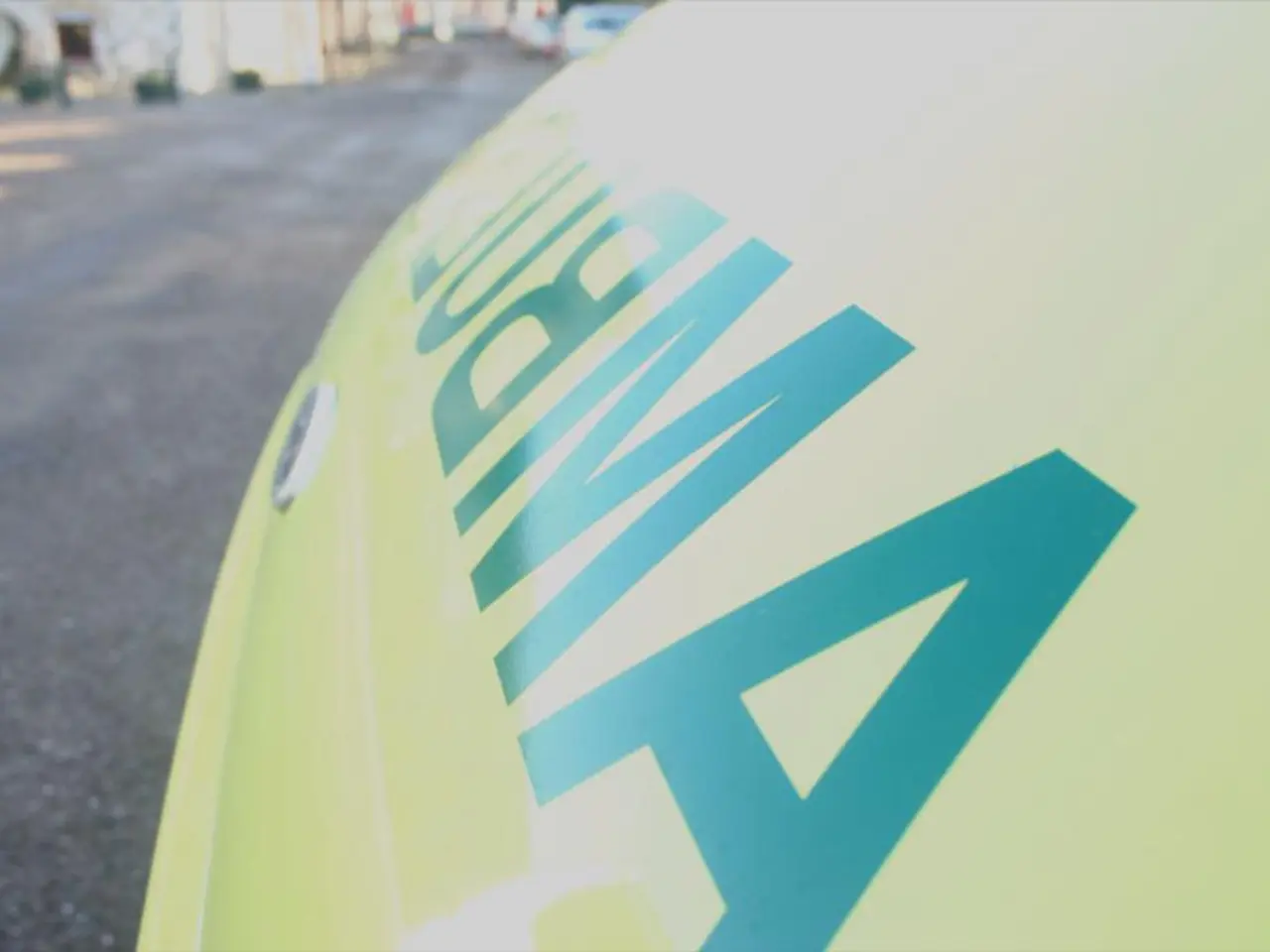Frustrated with Boeing, Trump Explores Other Options for Future Air Force One Aircraft
President Donald Trump has expressed dissatisfaction with delays in the VC-25B program, the planned replacement for Air Force One, and its prime contractor, Boeing. During a conversation with reporters on February 19, Trump stated that he is unhappy with the lengthy timeline for the VC-25B aircraft production, suggesting that alternatives may be considered.
The program, which began in 2015, initially aimed to deliver the new aircraft by 2024. However, rising manufacturing costs, protracted negotiations with suppliers, supply chain issues, engineering changes, and shortages of skilled workers with security clearances have led to delays and growing expenses. Boeing reportedly suffered over $2 billion in losses due to the fixed-price contract. The delivery schedule has been pushed back to as late as 2029, potentially beyond the current president's term.
Boeing has been working on a replacement for the current VC-25A presidential jets since 2015. During Trump's first term, he expressed concerns over costs and announced a new deal worth $3.9 billion for two aircraft in 2018, and plans for a new paint scheme in 2019. Airbus, the only other manufacturer capable of producing such large aircraft, has not been considered as a potential alternative by the White House.
While Boeing declined to comment, an Air Force spokesperson stated that Boeing is expected to deliver an updated Integrated Master Schedule to the Air Force in Spring 2025. The Air Force is negotiating with Boeing to possibly modify the requirements of the VC-25B to expedite delivery, with the goal of having the first aircraft ready as early as 2027. However, it remains unclear whether this accelerated timeline applies to both aircraft.
In the past, the VC-25B program has faced various challenges, including wiring design issues, cabin noise from the environmental control system, delays in finalizing a testing plan, and stress-corrosion cracks necessitating repairs. The Government Accountability Office has also noted these problems in its latest reports. Despite these issues, the Air Force remains committed to Boeing as the program's sole manufacturer.
This situation highlights the complex technical, financial, and bureaucratic challenges involved in replacing the iconic Air Force One fleet. The delayed delivery of VC-25B aircraft poses a challenge for the current administration, but negotiations between the Air Force and Boeing offer some hope of an earlier delivery.
- The military's security relies heavily on the efficient delivery of the VC-25B aircraft, as the program, initially scheduled to deliver the new Air Force One by 2024, now faces potential delays that extend to as late as 2029.
- The financial sector is keeping a close eye on the VC-25B program, given Boeing's reported losses of over $2 billion due to the fixed-price contract, and the potential impact on the aircraft industry as a whole.
- In the realm of space and transportation, alternative manufacturers might find opportunities to compete with Boeing, as the only other company capable of producing such large aircraft, Airbus, has not been considered as a potential alternative by the White House.
- The energy sector could be affected by the VC-25B delays, as any changes in the aircraft's requirements to expedite delivery could impact its efficiency and environmental footprint.
- The Pentagon is engaged in intricate negotiations with Boeing to potentially modify the VC-25B's requirements, aiming to ensure the first aircraft is ready as early as 2027, although it remains uncertain whether this accelerated timeline applies to both aircraft.








